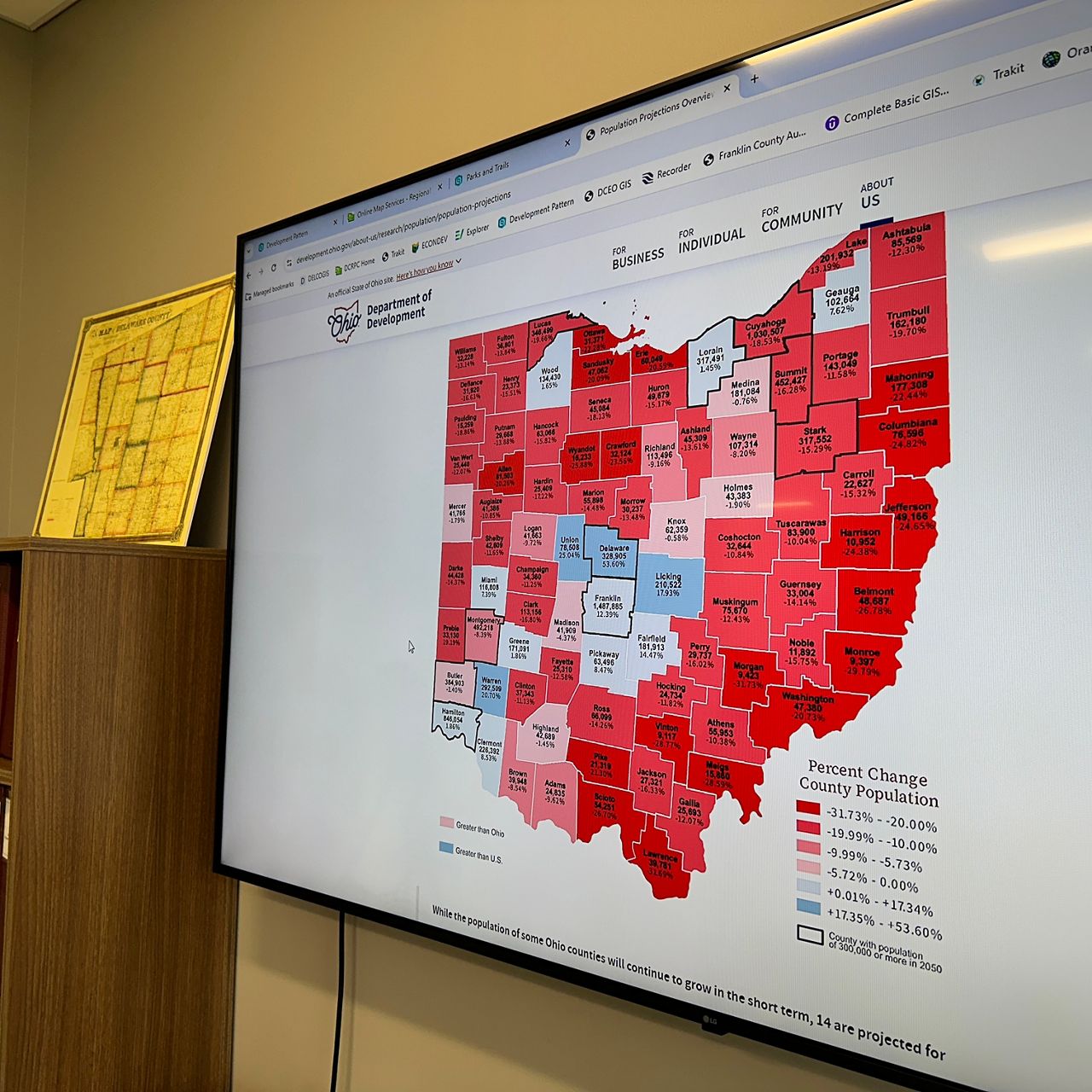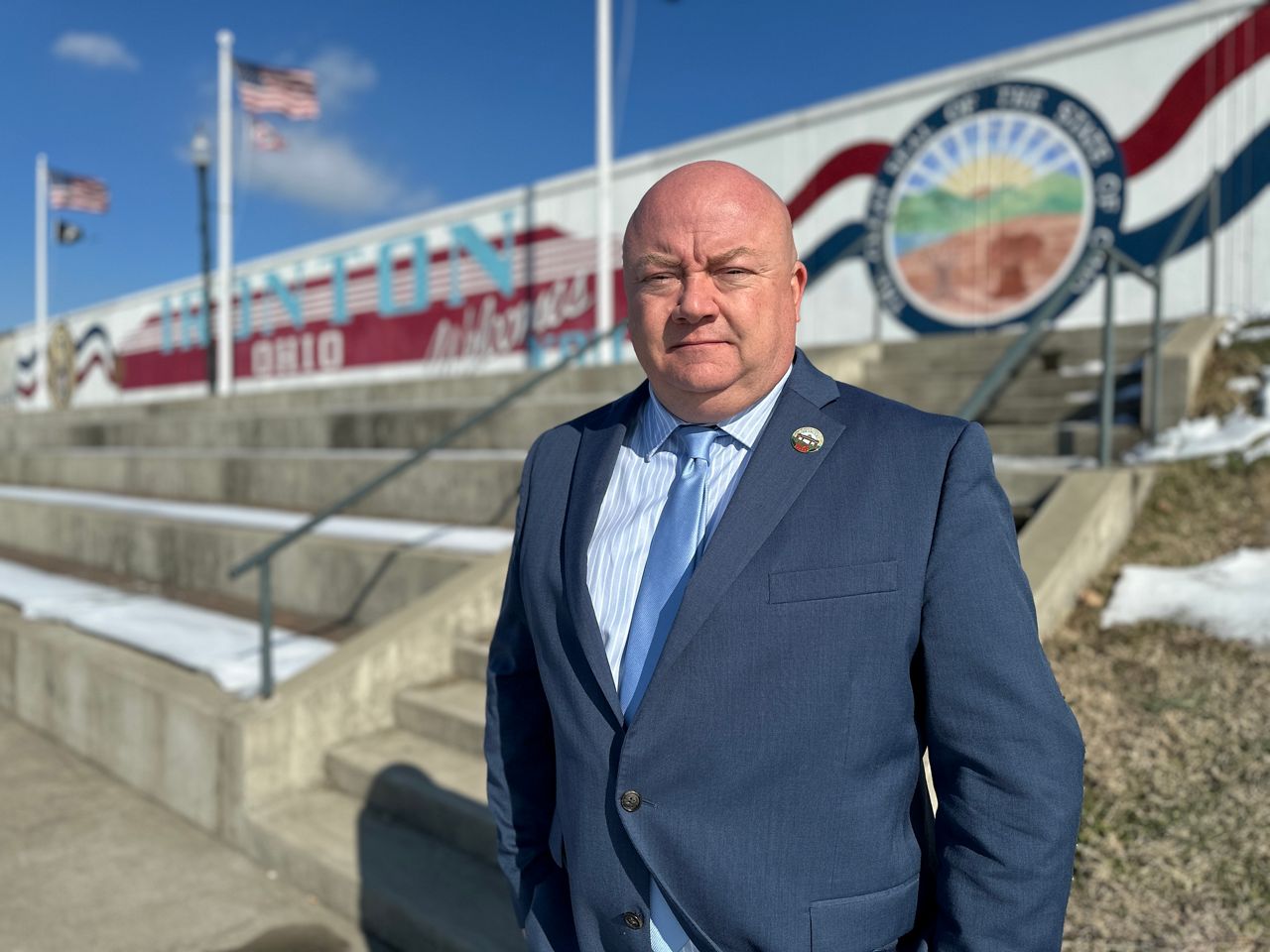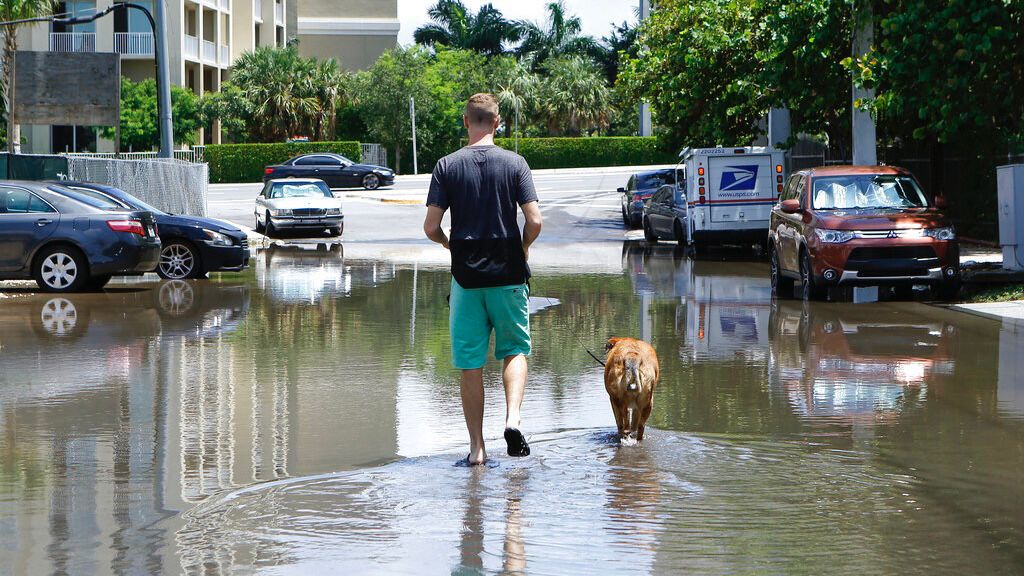Ohio’s overall population is projected to decline by 2050. This map by the Ohio Department of Development Office of Research shows the expected percent population change in all 88 counties.
While the population of some Ohio counties will continue to grow in the short term, 14 are projected for overall growth by 2050, while the remaining 74 will see decline. This is if current rates of fertility, mortality, and migration remain unchanged.
The county expected to see the most growth is Delaware. The region just north of Columbus is predicted to grow by more than 50%.

“Every day I am excited about the growth,” said Lee Bodnar, the administrator at the Delaware County Engineer’s Office. “Traffic is not always a happy thing to go through every morning and in the evening, on the way to work and on the way home. But, I think congestion is, for lack of a better term, a sign of a thriving community.”
Bodnar and Scott Sanders, the executive director of the Delaware County Regional Planning Commission, said they’re not surprised to see Delaware at the top of the list. The county is home to Alum Creek State Park, Polaris Shopping Center and the Columbus Zoo.
“We have several excellent school systems and that's I think a lot of what we've all acknowledged is driving the growth,” Sanders said. “What I typically hear is fairly low taxes, good roads and good schools. And then we can add to that, you know, these are really good communities to live in. I think each township, each city, each village kind of has its own flavor. And you can get a small town feel and you can get a medium town feel and you can also, you know, a lot of Polaris is actually in Delaware County. So you can get that urban kind of suburban, urban feel living there as well.”
In 2023, Delaware County’s population was 231,636, according to the U.S. Census Bureau. If the projections come true, the county will be home to more than 350,000 residents by 2050.
“It's a great place to live,” Sanders said. “Anytime new people move in there's an infusion of new ideas and creativity and different ways of thinking…So, you know, we like to embrace that change. And again, we have for several decades and I think we'll continue to do so.”

But with growth also comes challenges. The county will need to build more schools, maintain roads and sewage capacity, bring in new businesses, keep up with housing and find ways to continue connecting people to outdoor green space.
Bodnar said, at the engineer’s office, their funding comes from the motor vehicle tax and the gas tax. So they have a finite amount of dollars.
“Our revenue stream is a finite amount of money that comes to us annually so we can do the most with what we have,” Bodnar said. “Could we use more funding? Of course we could. Could we do more with more funding? Of course we could. But given that the funding system is a finite amount we are charged with being smart stewards of the tax dollars and utilizing cost saving techniques, trying to stay on the cutting edge of technology to help reduce costs and overhead. We have a 70-man crew, half of which are our road maintenance employees that take care of maintaining the roadways and take care of snow plowing. That number hasn't grown for the last five years.”
On the other end of the spectrum sits much of rural Ohio, which instead of preparing for growth is trying to prevent loss.
Morgan and Lawrence counties are expected to see the biggest decline. Each county is poised to lose more than 31% of its population.
“I'm concerned anytime you see something like that,” said Marty Conley, the director of the Lawrence County Convention and Visitors Bureau. “But you know, that just kind of pumps you up for improvement.”
Lawrence County is known as Ohio’s southern coast. The county shares borders with West Virginia and Kentucky. Conley said the loss of some pretty significant employers the past few years, including a hospital and a major steel plant, has led to a decline in population, but there are plans to turn things around.

“Here in Lawrence County, one of the things we have is an industrial park that's flourishing 22 businesses, and we're developing another one as well,” Conley said. “So jobs are here. I think our biggest issue is housing. That's one of the issues that we're looking at to go into a little bit more in depth in the future, is to build those houses for those people to come and stay and live here once they get to jobs.”
Conley said the map is motivation. Lawrence County has a lot to offer, he just needs to market its history and beauty.
The Underground Railroad trail went through Lawrence County, and Conley is working to make sure people know about it.
“There's so much history here,” Conley said. “Actually one of the first churches in Ohio is here in Lawrence County. And we're actually building a tourism initiative trail with the National Park Service that actually will be starting this year. So we're really looking forward to that local history.”
Beyond the history of the county, is the beauty. The Wayne National Forest, the only National Forest in Ohio, covers a large part of northern Lawrence County. The Ohio River also runs through the county. Conley said there are riverfront improvement projects in the works to liven up the waterfront that should be complete by 2026.
“We take it for granted sometimes, maybe because we see it all the time, the beauty of the Ohio River and the assets that you can do, boating and jet skiing and those types of things that are here,” Conley said. “A lot of folks aren't aware of Lake Vesuvius that we have here. Lake Vesuvius is, it's a beautiful, picturesque place, especially right now with the snow. It looks fantastic. But kayaking trails, mountain biking, all of those amenities are right here.”
No matter the county, these residents say it’s not how many people live there, it’s the hearts of those who do.
“Proud to live here, proud to be a part of, supplying services to the public,” Bodnar said. “Check us out. You’ll like what you see.”
“I think people should come to Lawrence County, absolutely,” Conley said. “I think it's the people, the work ethic and just the, just taking it easy. You know, we're good people. We like to work, we have fun. All of those things are here. And I know folks are looking for that type of stuff, but, if you haven't ever been down here, come on down. Check it out. It's a wonderful place.”
If the Ohio Department of Development Office of Research’s projections come true it expects Ohio to drop two spots in the list of most populous states.
Currently Ohio ranks 7th out of the 50 states, but Georgia and North Carolina could eventually move ahead of the Buckeye state.
For more information on the projections visit here.










